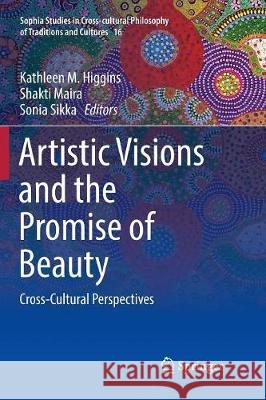Artistic Visions and the Promise of Beauty: Cross-Cultural Perspectives » książka
topmenu
Artistic Visions and the Promise of Beauty: Cross-Cultural Perspectives
ISBN-13: 9783319829371 / Angielski / Miękka / 2018 / 265 str.
Kategorie BISAC:
Wydawca:
Springer
Seria wydawnicza:
Język:
Angielski
ISBN-13:
9783319829371
Rok wydania:
2018
Wydanie:
Softcover Repri
Ilość stron:
265
Waga:
0.38 kg
Wymiary:
23.39 x 15.6 x 1.45
Oprawa:
Miękka
Wolumenów:
01











